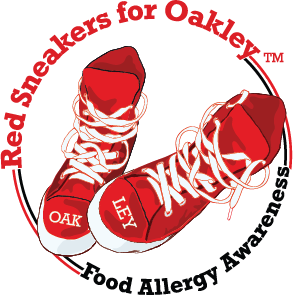Are You Prepared for Anaphylaxis?
During an emergency, it is not uncommon to completely blank in the moment, so here are a few tips that you can read (and re-read) to make sure you are prepared:
▪️ The moment you see someone displaying symptoms of an allergic reaction, ask if they have an epinephrine auto-injector on them.
▪️ Administer the epinephrine on the outer thigh of the patient.
▪️ Call 911 IMMEDIATELY after administering the epinephrine.
▪️ Make the patient lie on their back with feet elevated. In case they have vomited or are feeling nauseous, gently turn them on their side.
▪️ Cover the individual with a blanket if available.
▪️ DO NOT give them any food or drink.
▪️ Remove any allergy triggers if there are any present around the patient.
▪️ Find out if there is a second auto-injector available. If the symptoms have not improved in about 5 to 15 minutes after the first dose, administer another dose of epinephrine, ideally in the opposite thigh.
▪️ Do not leave the patient alone. Continue to comfort and reassure them until help arrives. One symptom of anaphylaxis is a sense of impending doom, so it’s important that they feel reassured.
▪️ If there are no signs of breathing, administer CPR.
▪️ Remember, administering epinephrine does not mean it is not important to go to the ER. People who’ve experienced anaphylaxis should be monitored in a hospital for several hours.
Recognizing anaphylaxis and promptly giving an epinephrine injection can save lives.
You can visit this link to download the full Emergency Care Plan from FARE: foodallergy.org/living-food-allergies/food-allergy-essentials/food-allergy-anaphylaxis-emergency-care-plan
In addition to explaining WHEN to use epinephrine, the plan also shows you HOW to use it (on the second page, whether you have an Auvi-Q, EpiPen, EpiPen Jr, IMPAX, or generics).
